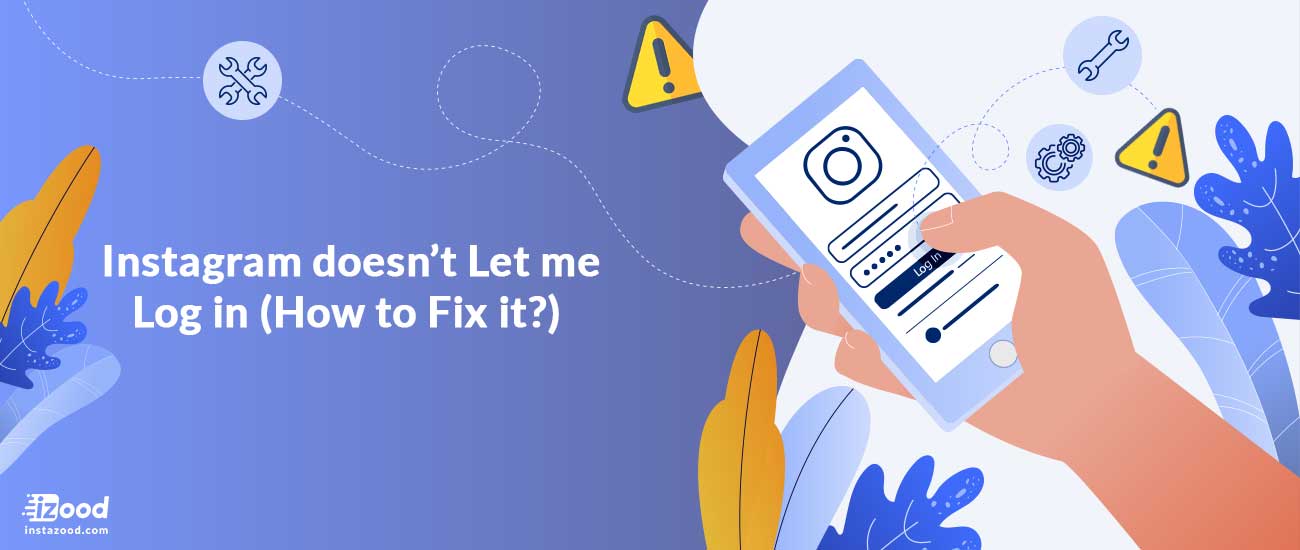Technology changes at a rapid speed and to stay competitive all industries, including laboratories, must keep up. Therefore, digitalization should be a priority. It keeps you competitive but also benefits your team.
But how is this supposed to happen?
The Digitalization of Laboratories
Digitalization is moving from paper and manual focused processes to utilizing digital formats for information keeping. Laboratories benefit from automated processes made possible by having data in a digital format. From engagement with customers to managing your products and services, it all requires data, which becomes more accessible and easier to utilize after digitalization. For example:
- It cancels the need for various manual tasks, such as copying data from one paper file to another.
- The organization and your operations can be managed better thanks to streamlined workflows and easier flow of information.

How to Digitally Transform Lab in 5 Steps?
Digitalization is vital for modern labs, but requires assistance from the entire team and some careful planning.
- Define Your Digitalization Strategy
Although the whole team will be affected and involved, assign the responsibility of digitalization to a specific group. This team needs to manage everyone’s buy-in—management and employees—throughout the process.
Furthermore, this team will look at exactly where your organization is currently, the resources available and what is required to reach the goal. You can also set out a list of KPIs which the digitalization is supposed to help you attain.
- Understand Your Current Data Procedures
The planning process uses your current data procedures as a starting point. The responsible team must gather input from all employees about how information is gathered, created, utilized and communicated. It helps to create flowcharts to represent the flow of information.
- Know the Existing Solutions
The flowcharts and planning documents must also note the resources you use to work with information currently. This can include your paper records to start with, along with computers, LIMS (laboratory information management systems) and other resources you may already have.
Next, do the necessary research to identify what digitalization solutions are available on the modern market and which ones will benefit your ROI, lab workflow and KPIs the most.
Thanks to advanced technology labs can use products like ELNs (electronic laboratory notebooks) that make for more efficient data recording. From protocols to notes and observations, it can be captured digitally. These days these files can even act as legal documents if needed and an ELN system ensures much easier collaboration and information sharing, while improving security around your captured data.
In doing these assessments you may realize you already have some of the equipment that will form part of your digital infrastructure. Add to your system what you need and start implementing digitalization, such as capturing data from paper files onto software programs. Do it on a small scale first, so you can see what works.
- Create a Digital Culture
Getting everyone’s buy-in is essential, so they all do their best to make the new system work. Ensure top management enforces digitalization and communicate about it in a positive light. Also, allow all team members to ask questions and voice their concerns or frustrations, so you can find solutions and streamline the digital processes to everyone’s benefit.
Verify the Effectiveness of the Implementations
After a while you need to ascertain whether your set of KPIs have been met. This will tell you whether the digitalization is successful or where you need to make adjustments.
Technology has the ability to help laboratories, but it must be implemented correctly for optimal results. Measuring outcomes is the only way you’ll know what needs improvement.
Key Challenges in Transforming to Digitization in the Lab
Your planning should prepare you for possible obstacles that are common with digitalization of any company.
- New Skill Sets for Lab Automation
Digitalization may require new equipment or software that team members may find challenging to use at first. Do thorough onboarding to ensure they’re comfortable utilizing new resources, so there are no unnecessary delays or mistakes.
- Digital Security
Information in a digital format can be more secure than using papers and a filing system. However, hacking, fraud and unauthorized access to information are challenges that require careful management. You’ll need:
- Efficient audit trails
- Access control
- Online security
- Data Management
At first it can be challenging to align the digital system. For example, since different technologies exist, digital information may be in different formats. This requires standardization and data management guidelines to ensure teams can collaborate and share information easily.
Conclusion
The industry you operate in is changing quickly thanks to ever-changing tech. Make sure you stay on par by getting the basics right, including lab digitization. Whatever you need to do to make it work is a long-term investment for your organization.











